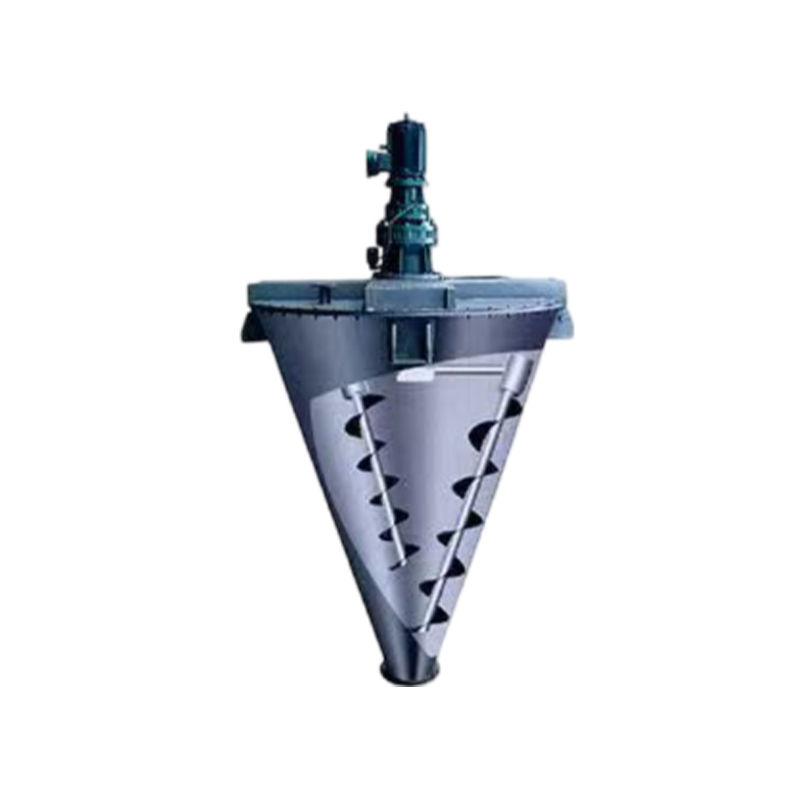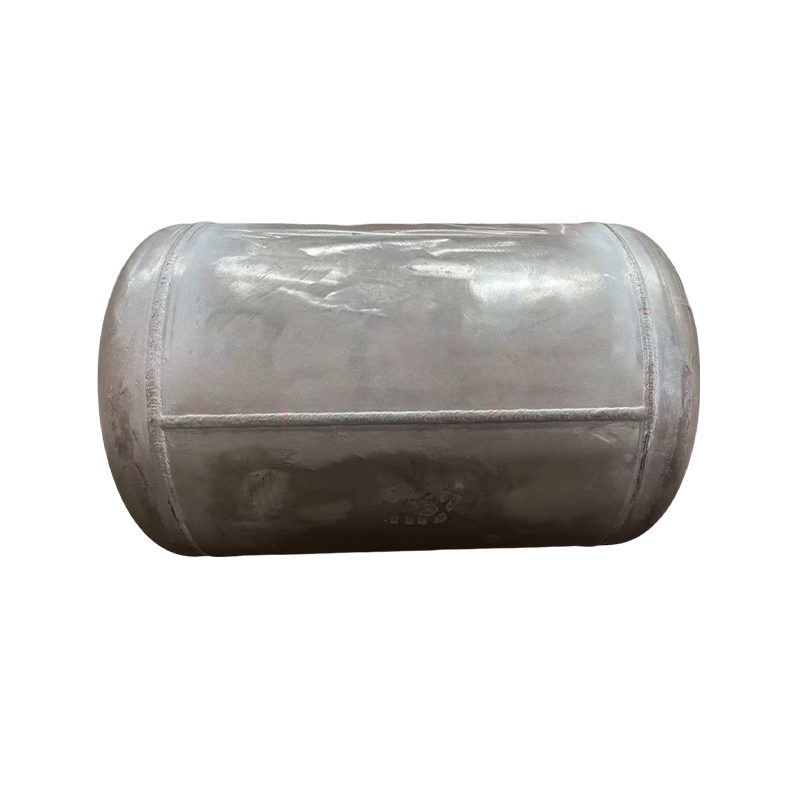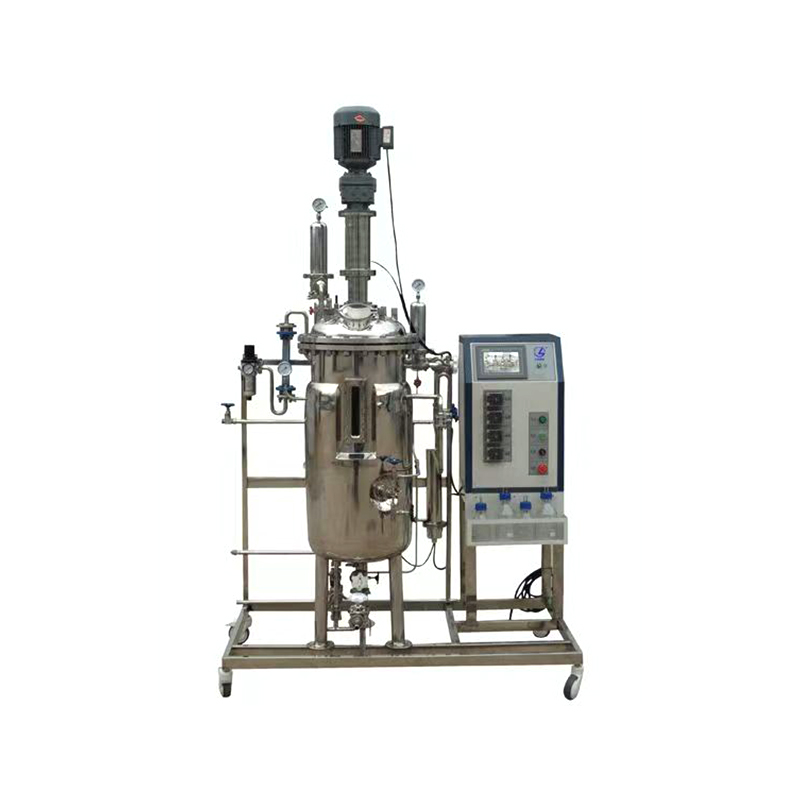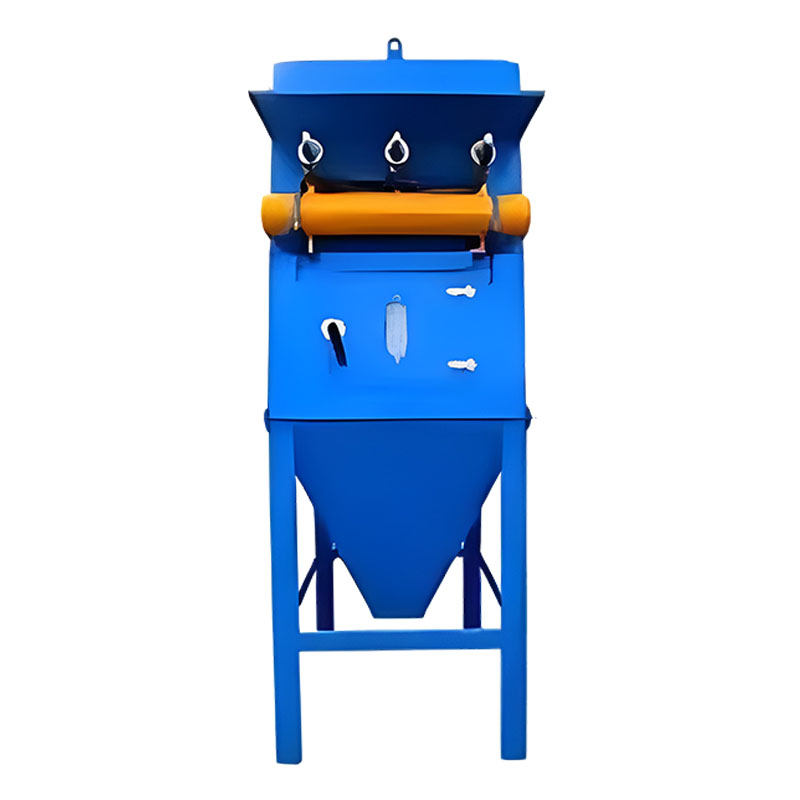How does the sterilization process of industrial microbial fermentation tank ensure a sterile environment?
Release Time : 2025-06-05
In the process of industrial microbial fermentation, a sterile environment is the key prerequisite to ensure the smooth progress of fermentation and ensure product quality, and the sterilization process of the fermentation tank is the core defense line for building this environment. From the pretreatment of the tank itself to the coordinated application of multiple sterilization methods, and then to the strict verification of the sterilization effect, each link is closely linked. Through layer-by-layer control, we can prevent the contamination of foreign bacteria and create a pure growth space for the target microorganisms.
The sterilization process starts with the pretreatment of the fermentation tank. Before each fermentation operation, the inside of the tank needs to be thoroughly physically cleaned to remove the residual fermentation liquid, microbial metabolites, and dirt attached to the tank wall, agitator, pipes and other parts. These residues will not only affect the subsequent sterilization effect, but may also become a breeding ground for foreign bacteria. Through high-pressure water washing, mechanical brushing and other methods, the visible solid and liquid impurities inside the tank are cleaned up to create good basic conditions for subsequent sterilization. At the same time, the pipes, valves, sensors and other components connected to the tank also need to be cleaned synchronously to ensure that there are no obvious pollutants in the entire fermentation system.
Moist heat sterilization of the tank and its internal components is a key step to ensure a sterile environment. Moist heat sterilization uses the thermal penetration of high-temperature saturated steam to denature microbial proteins and break nucleic acids, thereby achieving the purpose of killing. The cleaned fermentation tank is sealed and high-temperature steam is introduced to gradually increase the temperature and pressure in the tank to the set value. In this process, the steam will evenly penetrate every corner of the tank, including the hard-to-reach dead corners of the pipeline and the gaps in the equipment. High-temperature steam can not only kill microorganisms directly, but also further increase the local temperature through condensation heat release, thereby enhancing the sterilization effect. By maintaining a certain sterilization time, it is ensured that all potential bacteria are completely inactivated, and a sterile initial environment is built inside the fermentation tank.
Air filtration in the fermentation system is another important line of defense. During the fermentation process, sterile air needs to be introduced into the tank to meet the oxygen demand of microbial growth. However, the air contains a large number of impurities such as microorganisms and dust. If it is not effectively filtered, these impurities will enter the fermentation tank with the air, causing pollution. Therefore, before the air enters the fermentation tank, it needs to pass through a multi-stage filtration device. The primary filter first intercepts larger dust particles and some microorganisms, the medium filter further removes smaller particles, and the high-efficiency filter can intercept most bacteria, fungal spores and other microorganisms to ensure that the air entering the fermentation tank meets the sterile standard. At the same time, the air filtration system is regularly maintained and the filter element is replaced to ensure its continuous and stable filtration effect.
The sterilization of materials during the fermentation process should not be ignored. The culture medium, additives and other materials required for fermentation may carry miscellaneous bacteria and must be strictly sterilized before entering the fermentation tank. High-temperature instantaneous sterilization or continuous sterilization is usually used to quickly heat the materials to a high temperature and maintain it for a short time, which can effectively kill the microorganisms in the materials and minimize the damage to the nutrients. For some heat-sensitive materials, special sterilization methods such as filtration sterilization and radiation sterilization are also required to ensure that the materials enter the fermentation tank in a sterile state to avoid the introduction of pollution sources.
The online sterilization (SIP) and cleaning in place (CIP) systems of the fermentation tank provide dynamic protection for the sterile environment. The online sterilization system can sterilize the fermentation tank and the connected pipes at high temperature without disassembling the equipment, and kill the possible bacteria in time. The in-place cleaning system can automatically clean the inside of the tank in a cycle, and remove the residual microorganisms and dirt through different cleaning solutions (such as acid, alkali, disinfectant). The two systems work together at different stages of the fermentation process to ensure that the fermentation tank is always in a sterile or low-bacteria state, especially in long-term continuous fermentation or multi-batch fermentation, effectively preventing cross-contamination between batches.
Verification of the sterilization effect is the last checkpoint to ensure a sterile environment. The sterilized fermentation tank is comprehensively evaluated through physical, chemical and biological testing methods. Physical testing mainly monitors whether the temperature, pressure and other parameters in the sterilization process meet the set standards; chemical testing uses chemical indicators to observe the color changes before and after sterilization to determine whether the sterilization is thorough; biological testing is to inoculate specific indicator microorganisms in the sterilized fermentation tank and observe their growth. If the indicator microorganisms cannot grow, it means that the sterilization effect is good. Only when all test results meet the standards can the fermentation tank be confirmed to meet the sterility requirements and can be put into fermentation production.
The sterilization process of industrial microbial fermentation tanks builds a complete sterility guarantee system through the close cooperation of pretreatment, wet heat sterilization, air filtration, material sterilization, online cleaning and sterilization, and effect verification. Each link takes corresponding measures for possible sources of contamination, from source control to process maintenance, from hardware facilities to detection methods, to ensure that the fermentation tank is in a sterile environment in all aspects, providing a solid and reliable foundation for the smooth progress of industrial microbial fermentation and the stability of product quality.







